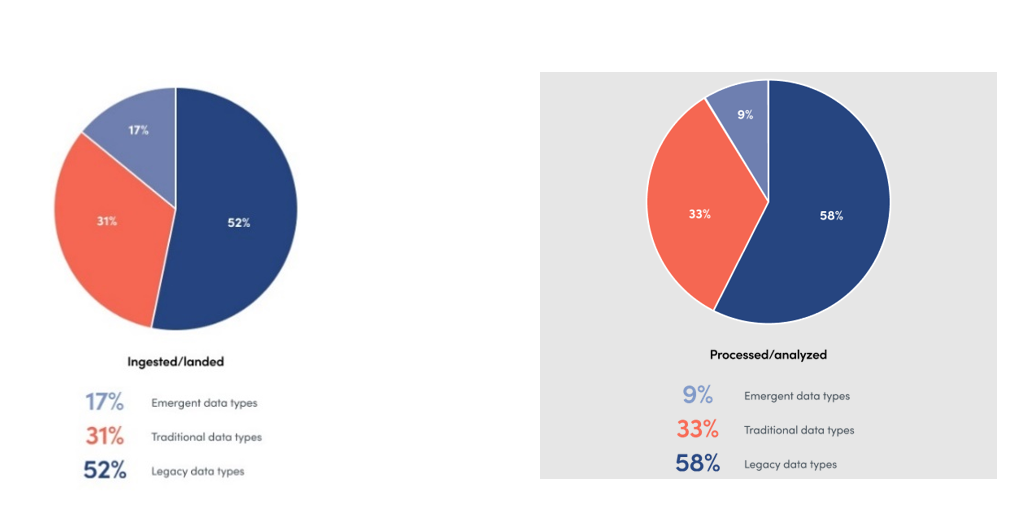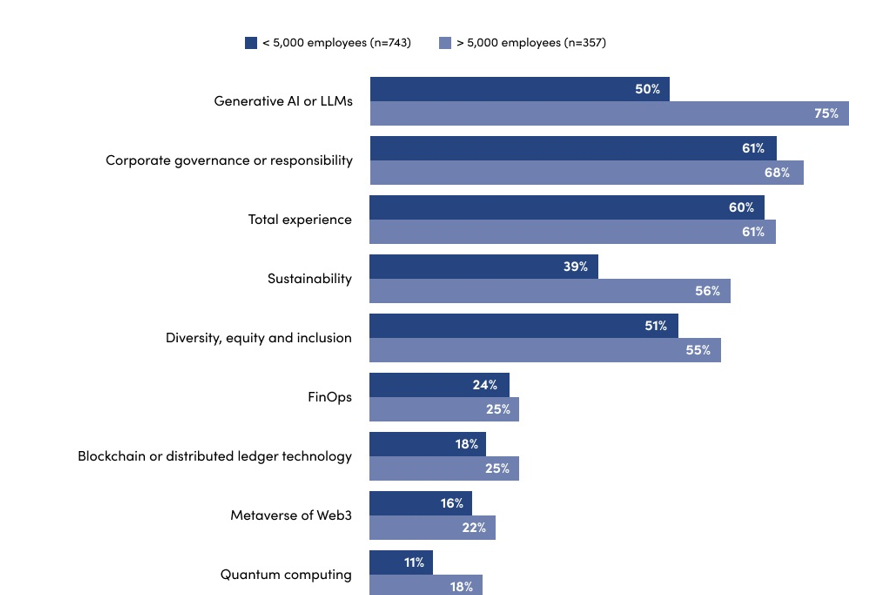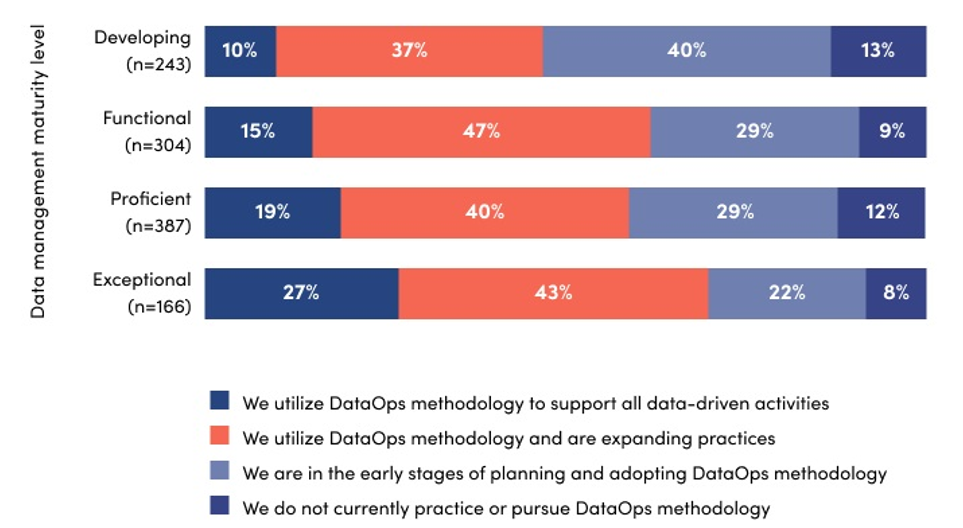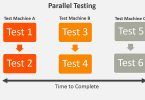In the digital-first global economy, data is everywhere—and always growing. And how companies handle their data pipeline and yield value from their data can be a gamechanger for their business outcomes. We wanted to see how companies are managing their data, and what their data management maturity level is, so we’ve once again partnered with 451 Research, part of S&P Global Market Intelligence, on a survey of 1,100 IT, data, and business professionals from large, global enterprises across multiple industries in 11 countries. We’re excited to announce that our second annual report, “Putting the “Ops” in DataOps: Success factors for operationalizing data,” is out now and available here.
DataOps and data maturity
The survey and report reveal insights into how organizations and data teams can assess and advance their data management maturity to overcome challenges and improve their use of data for competitive advantage. By determining their place within four discrete maturity levels, organizations can make better technology and business decisions to guide their DataOps initiatives and improve their data quality in service of tangible business outcomes. The four levels, as defined in the report, are:
- Developing maturity—The data management strategy is developing, but practices and architecture may not yet be closely linked to critical business outcomes; commonly associated with smaller organizations and businesses that are just beginning to establish and operationalize their practices.
- Functional maturity—The data management strategy is largely developed, with some high-priority practices and architecture linked to critical business outcomes. This level is focused on growth, and businesses are often focused on expanding their practices.
- Proficient maturity—The strategy is fully established, with nearly all practices and architecture linked to critical business outcomes, but due to increasing awareness and complexity, doubts in the capabilities of the business arise.
- Exceptional maturity—The data management strategy is perpetually optimized, with practices and architecture driving novel sources of value. At this “innovation phase” of maturity, established practices are iteratively improved and used for further competitive differentiation.
In addition to discussing data management maturity, the report includes key findings on how organizations are doing now—and what they’re focused on.
Slow adoption of emerging technologies
While companies strive to capitalize on their data to scale operations and improve business outcomes, only a minority of them are leveraging emerging data types. Instead, most are ingesting, landing, and processing the most common (i.e., often legacy or structured) data types. That means they might be missing out on additional useful data in nontraditional formats that could feed critical initiatives like generative artificial intelligence (Gen AI), FinOps, and sustainability.

Figure 1. Slow adoption of emerging technologies.
While the overall adoption rate of emerging data types is low, larger organizations—particularly those with 5K+ employees—are keen to tap into them for new initiatives.

Figure 2. Large organizations are collecting and managing data for use cases in emergent trends.
Top challenges in DataOps and data-driven activities
Data isn’t useful if data orchestration isn’t done well, i.e., that data isn’t getting where it’s most needed, and multi-layered challenges across people, process, and technology can pose a challenge to its distribution.

Figure 3. Top challenges in data-driven activities.
Data maturity and DataOps strategy
One of the strongest correlations in the survey was between an organization’s approach to DataOps methodology and its relative data management maturity level.

Figure 4. Organizations’ DataOps strategy by data management maturity level.
For more data management and DataOps insights, read the entire report here. To assess your organization’s data maturity level, you can take a free assessment here. This tool was designed to help you determine which areas you need to address to begin advancing your DataOps practice to “exceptional” levels.






